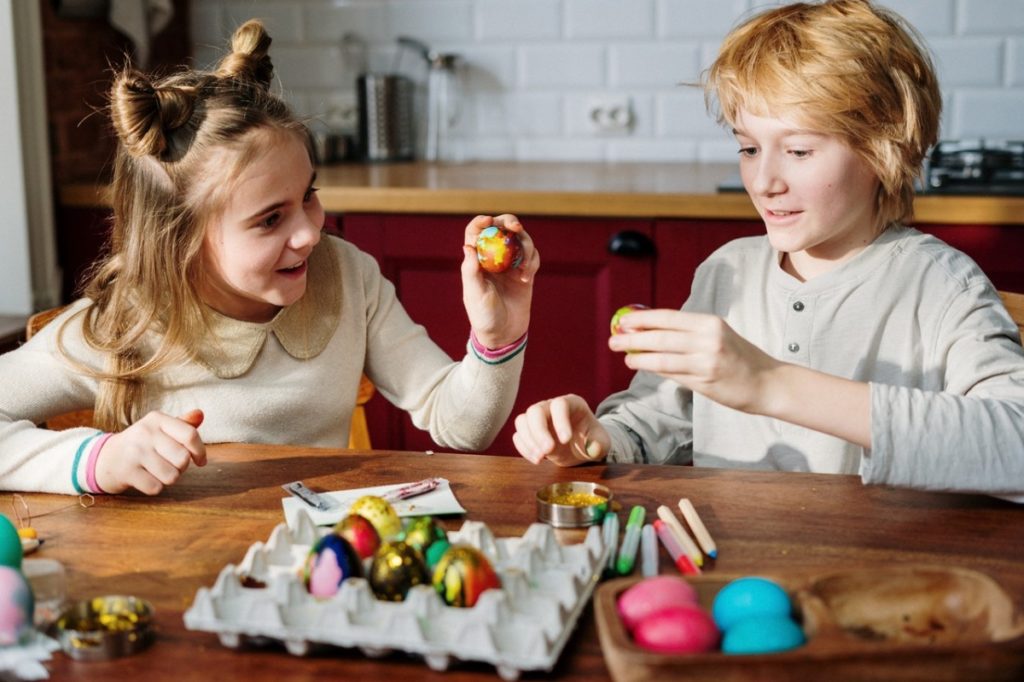When my son was just a toddler, we enjoyed watching episodes of Little Einsteins on Playhouse Disney. My son and I both liked the show for different reasons. He liked the animation and classical music introduced in each episode while I was amazed at how the producers utilized art to teach important concepts for toddlers and young children.
The producers of the show were onto something which most educators have been missing the entire time. And that is the integration of arts with education.
Perhaps a lot of educational institutions consider it a novel idea that would only be a passing trend at best. After all, academic subjects such as mathematics, science, and language are far more important than arts and humanities, right?
Wrong.
Numerous studies, researches, and surveys have been conducted for years stating the importance of arts and culture in society. They are not just mere outlets for creativity and expression. They have something valuable to offer that academic subjects cannot. And while a career in arts is not exactly lucrative in the eyes of many, it serves its purpose in documenting human history in an artistic capacity.
A good music school won’t exist if it wasn’t important in the holistic growth and development of children. It is as important as a subject such as Chemistry or Literature. In fact, Literature is art in written form.
All this to say that the arts have their rightful place in the academe. And using art to teach young kids has several benefits that might surprise parents, teachers, and skeptics.

Why Combining Arts with Academics is Important
A growing number of schools all over the world today are now turning their attention to arts and giving it the same importance as the usual academic courses. As conventional learning creates successful students, arts education creates successful human beings.
Reason #1: Cultivating a mindset of growth
It takes great motivation to learn an art form and greater discipline to stay committed to growing in it. It takes resilience, grit, and determination to learn and master a specific form of art. Art education provides avenues for children to gain those characteristics that will make them lifelong learners.
Reason #2: Boosting one’s self-confidence
The wonderful thing about art is once you have the basics down to pat, you can bend the rules to accommodate your expression style. This unequaled freedom of expression is quite empowering to young minds, especially those who are naturally timid. Any type of learning involving arts improves a young child’s self-esteem, especially if the teacher knows how to properly guide, support, and encourage them through failed attempts and frustrations.
Reason #3: Development of cognitive functions and critical thinking
Creating art would be near impossible without the use of our God-given faculties such as fine motor and critical thinking skills. It gives kids the chance to develop these skills early on in life which will serve them well as they continue to grow.
Reason #4: Advanced development of specific skills
Since different types of art forms require specific skill sets, any child who gets involved with one, like music or theater, gets to discover certain things that he or she can do well early on in life. This awareness of where they excel gives them added motivation to continue to enhance and develop their talents and skills. These, in turn, become part of their strengths. Although singing or drawing may not be required for most careers, the discipline, knowledge, and experience they gain in art education will take them to places.
Reason #5: Expanding ways to communicate effectively
Communication is vital not just in relationships but in society in general. While the most straightforward means of communication is talking to a person, the arts allow kids to learn some other forms of languages that may invoke a greater emotional response from people. Studies show 70 to 93% of communication has to do with nonverbal cues, including the arts.
Reason #6: Greater student engagement
While it is quite common to see teachers use song and dance to teach kindergartners, more and more schools are now adopting this approach and implementing it in older kids’ classes. Student engagement is found higher in classes that utilize arts in teaching as it has provided a much-needed dynamism in the classroom setting.
Art, just like other academic subjects, is an important aspect of civilization that should never be underestimated and sidetracked. It plays a vital role in raising a child in the most holistic manner. And as contradictory as this may sound, the more we raise well-rounded children, the sharper they become with their own set of natural gifts. The sharper they are, the brighter their future becomes.






